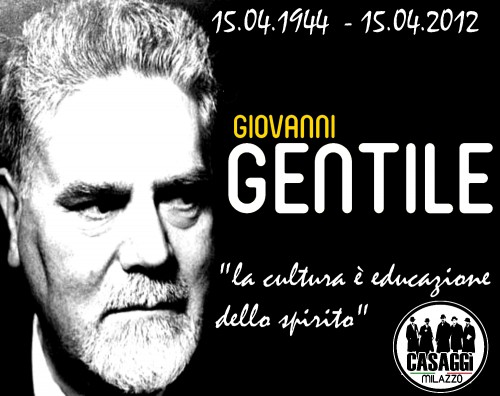por Alberto Buela (*)
Ex: http://paginatransversal.wordpress.com
“Yo soy, afirma Carl Schmitt en Ex captivitate salus, el último representante consciente del jus publicum Europaeum, su último teórico e investigador en un sentido existencial, y experimento su fin como Benito Cereno experimentó el periplo del barco pirata”.
¿Quién fue Benito Cereno? El personaje principal de la novela homónima de Hermann Melville (1819-1891) que cuenta las aventuras de un capital español que traslada de Buenos Aires a Lima un cargamento de ciento sesenta negros de ambos sexos, la mayoría provenientes de Senegal y pertenecientes a Alejandro Arana, caballero de la ciudad de Mendoza en Argentina.
La trama de la novela comienza con la toma del barco Santo Domingo por los negros al séptimo día después de zarpar desde el puerto de Valparaíso matan a Arana y lo colocan como mascarón de proa, asesinan a casi todos los blancos, quedando Benito Cereno en poder de Babo, jefe del motín. Habiendo asesinado también, en una muestra total de irracionalidad, al primer oficial Reneds, el único piloto que quedaba a bordo. El barco se pierde en el Pacífico sur hasta que muertos de hambre y sed obligan a Benito Cereno a conducirlo a alguna playa chilena desierta. Los conduce a la isla Santa María donde se encuentran con el barco ballenero The Bachelor´s Delight comandado por el capitán Delano, norteamericano de origen español.
Ante él, Benito Cereno, es obligado a representar el papel de propietario del Santo Domingo, cuando en realidad el poder lo tenían los negros que bajo amenazas mortales lo condicionaron a simular.
El capitán Amasa Delano libera el barco, toma preso a los amotinados y los conduce a Lima donde son juzgados, tanto Benito Cereno como ellos. El jefe del motín, Babo, es condenado a muerte y Benito Cereno se retira enfermo al monasterio del Monte Agonía donde fallece tres meses después de ser licenciado por el Tribunal.
Por lo que llevamos leído todos estos años hemos podido comprobar que los comentaristas de Carl Schmitt no se toman el trabajo de leer la novela sino que simplemente la citan al bulto y entonces realizan afirmaciones como estas: “los esclavos se hacen del control del barco matando a su capitán” . Cuando en realidad al que matan es el propietario Arana y no a su capitán que es Benito Cereno. O peor aun: “obligan bajo pena de muerte a uno de los españoles sobrevivientes del motín, Benito Cereno, a que desempeñe el rol de capitán para evitar ser descubiertos por la nave estadounidense que se aproxima”. Y así siguen los flatus vocis.
En general se interpreta esta relación vinculante de Schmitt con Cereno como un artilugio del jurista para justificar su participación en el régimen nazi, sin embargo varios años antes de la derrota alemana, Ernst Jünger se encuentra con él en Paris, 18 de agosto de 1941 y hace constar en su Diario: “Carl Schmitt compara su situación con la del capitán blanco de Melville, Benito Cereno, dominado por sus esclavos negros y por ello cita el siguiente aforismo: “Non possum scribere contra eum, qui potest proscribere” (no puedo escribir contra quien puede proscribir), que es una frase de las Saturnales de Macrobio(finales del siglo IV d.C.).
Una interpretación analógica de esta vinculación sería más o menos así: al igual que el barco español, Alemania fue tomada por asalto por unos irracionales y tiranos como los nazis, y Carl Schmitt como Benito Cereno, fue condicionado por las circunstancias a trabajar en favor de la mayor respetabilidad intelectual del régimen. Vemos como una interpretación de este tipo, que es la que da la izquierda schmittiana, sugiere un intento de auto exculpación.
Carl Schmitt se piensa como afirma en la cita que encabeza este escrito como un intelectual de valía, como un jurista de excepción, como “el último teórico e investigador del jus publicum Europaeum”. Es demasiado valioso para morir. Además si Platón aconsejó a Dionisio el Viejo y a Dionisio el Joven, ambos tiranos de Siracusa, porqué él no podría aconsejar a Hitler. Es Jünger una vez más quien nos cuenta un poco en sorna que Heidegger se enojó con Hitler porque éste no lo fue a ver.
Un rasgo típico del intelectual es que se cree superior a quien desea asesorar. Y a Schmitt, en este sentido, le alcanzan las generales de la ley.
Además fueron varios los intelectuales orgánicos del partido nazi que acusaron al jurista de Plettenberg que su adhesión al régimen era oportunista y falsa, aun cuando no hubiese contradicción teórica de fondo entre ambos.
Pero lo cierto y, lo que regularmente ocurre, es que existe una tendencia al acomodamiento por parte de los jueces y juristas a causa de su proximidad profesional con el poder político de turno. De modo que no se le puede pedir peras al olmo.
Esto nosotros, en “el mundo bolita” lo vemos a diario: un gobierno toma el poder y todos los jueces están de acuerdo, en la medida en que se acerca a su fin, son los jueces los primeros que van cambiando de posición.
Es sabido que Schmitt era católico y hasta practicante, y que el nacional socialismo triunfó en las elecciones sobre todo en los länder protestantes, por la oposición que desde el primer momento ejerció la Iglesia. La encíclica condenando dicha doctrina Mit brenneder Sorge es de fecha temprana, de mayo de 1937. Es evidente que Schmitt tuvo una coincidencia teórica con aspectos esenciales como gran espacio, la figura del conductor, el estado de excepción, etc., del nacionalsocialismo, pero al mismo tiempo tuvo una disidencia existencial.
En tanto que católico él sabía existencialmente que el hombre es una realidad más profunda y más elevada que la raza o la clase y que la resolución de todo conflicto social y político consiste, al mismo tiempo, en la salvación del hombre como persona, esto es, como un ser único, singular e irrepetible. Moral y libre. Y en una exigencia de fraternidad y concordia entre los hombres, por ser considerados todos hijos de Dios.
Este equilibrio tan difícil de lograr entre una crítica profunda al individualismo liberal burgués de la sociedad de consumo y otra, del mismo tenor, al nacionalismo racial del Reich es la que intentó en sus escritos.
En definitiva, si Schmitt se piensa como un nuevo Benito Cereno no es, principalmente, para exculparse de su participación en el régimen nazi sino, más bien, para explicar el sentido de ese régimen y la función que a él le cupo.
Nota bene:
El autor de Mobi Dick tuvo un conocimiento bastante profundo sobre la Argentina de su tiempo. Además su mujer Elizabeth Shaw, hija de un juez, estaba emparentada con los Shaw de Buenos Aires. Benito Cereno es de 1855 y el apellido del personaje patrón del barco, Don Alejando Arana, cuyo origen es mendocino, coincide con el del canciller del Rosas, don Felipe Arana, que fue el gobierno argentino apenas anterior al tiempo de escritura de su novela.
Otro rasgo remarcable es la valoración de lo español en su novela, pues los dos capitanes, Benito Cereno y Amasa Delano, son de ese origen. Es sabido que Carl Schmitt amó profundamente a España, que lo cobijó, y a todo lo español.
Nosotros solo esbozamos intuiciones no desarrolladas pero barruntamos que existe una profunda y misteriosa relación entre Melville y Schmitt que cabría estudiar por alguien que supiera más. A lo mejor Horacio Cagni, que es el gran estudioso de Schmitt en Argentina se honra hacerlo.
(*) arkegueta, eterno comenzante
buela.alberto@gmail.com
Disenso


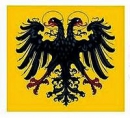


 del.icio.us
del.icio.us
 Digg
Digg

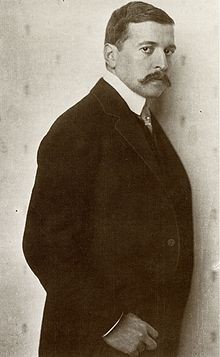 Je reste stupéfié par la maturité dont témoigne le jeune Hugo von Hofmannsthal dans ses lettres à un officier de marine (du nom d’Edgar Karg) intitulées Les mots ne sont pas de ce monde (Rivages poche, dans l’excellente collection Petite Bibliothèque), où j’ai cru reconnaître quelques-unes des plus belles intuitions d’un autre jeune prodige, Carlo Michelstaedter.
Je reste stupéfié par la maturité dont témoigne le jeune Hugo von Hofmannsthal dans ses lettres à un officier de marine (du nom d’Edgar Karg) intitulées Les mots ne sont pas de ce monde (Rivages poche, dans l’excellente collection Petite Bibliothèque), où j’ai cru reconnaître quelques-unes des plus belles intuitions d’un autre jeune prodige, Carlo Michelstaedter. 
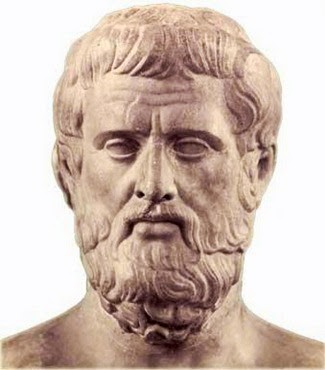
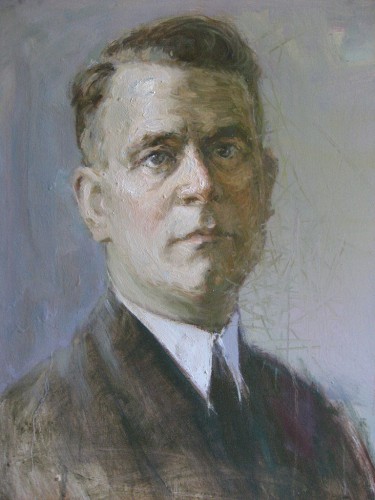

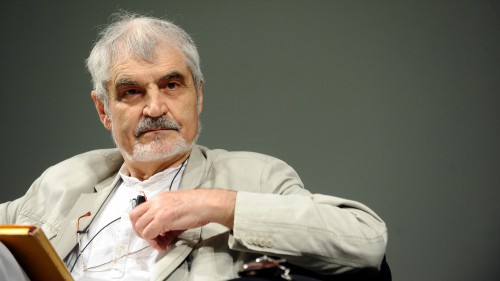
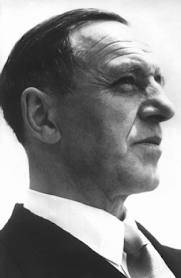
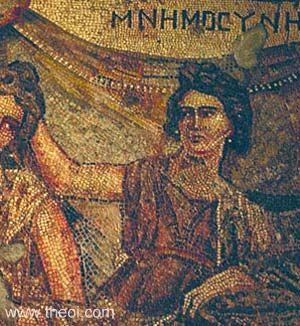
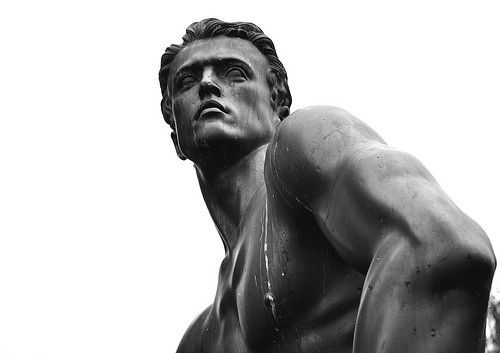
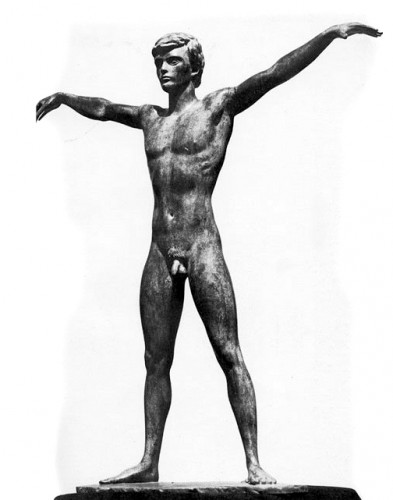
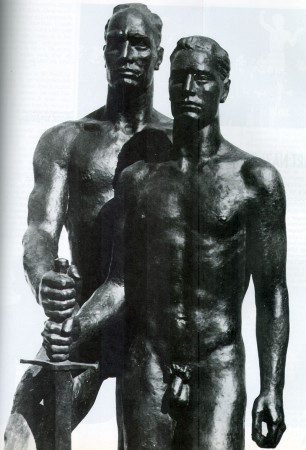
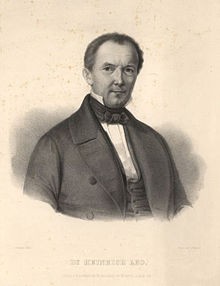


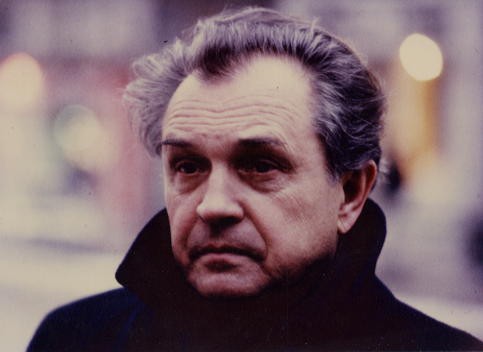
 Jean-François Mattéi, c'était d'abord un Grec. Homme d'une immense culture, profondément engagé dans la défense des plus hautes valeurs de l'humanisme européen, il s'inquiétait du déclin de l’Europe. Il laisse une œuvre de première importance consacrée autant aux philosophes grecs, dont il était un éminent spécialiste, qu’à Heidegger, Nietzsche, ou Camus.
Jean-François Mattéi, c'était d'abord un Grec. Homme d'une immense culture, profondément engagé dans la défense des plus hautes valeurs de l'humanisme européen, il s'inquiétait du déclin de l’Europe. Il laisse une œuvre de première importance consacrée autant aux philosophes grecs, dont il était un éminent spécialiste, qu’à Heidegger, Nietzsche, ou Camus. 
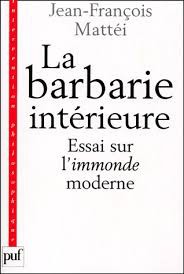 Jean-François Mattei, le pied-noir d’Oran qui a quitté son pays en 1962 défendait, au nom de la fidélité à ses origines, la colonisation. Pour lui, « loin d'être l'abomination que l'on dénonce aujourd'hui, et en dépit de ses abus et de ses violences, la colonisation a été le processus historique de développement de l'humanité dans sa recherche de principes et de savoirs universels. »
Jean-François Mattei, le pied-noir d’Oran qui a quitté son pays en 1962 défendait, au nom de la fidélité à ses origines, la colonisation. Pour lui, « loin d'être l'abomination que l'on dénonce aujourd'hui, et en dépit de ses abus et de ses violences, la colonisation a été le processus historique de développement de l'humanité dans sa recherche de principes et de savoirs universels. »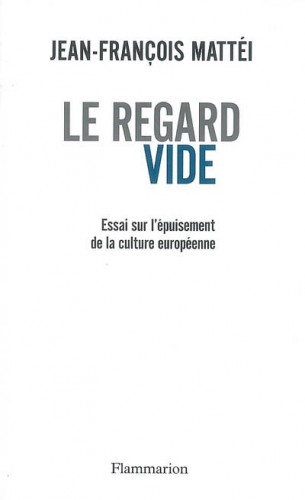

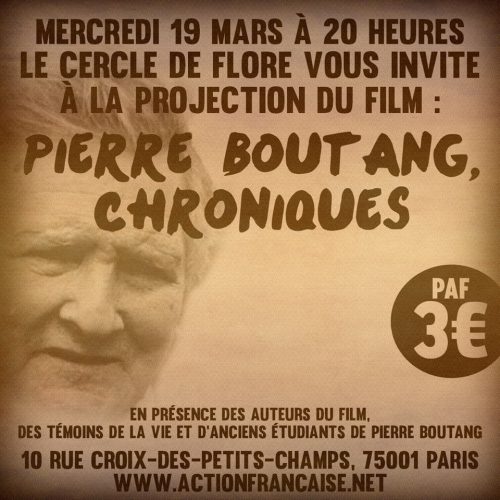



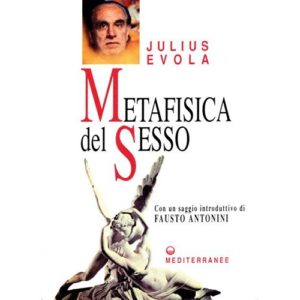
 Attention, géographe non conforme.
Attention, géographe non conforme.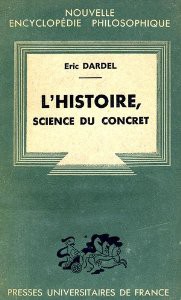 Pour cette géographie mythique, il emprunte beaucoup à Mircéa Eliade et notamment son ouvrage Traité d’histoire des religions. Concrètement, donc, la terre, la mer, l’air, le feu, pour reprendre des thèmes chers à Gaston Bachelard, sont au cœur du processus d’échange et de coexistence entre la terre en sens large et les hommes. D’ailleurs notons que les « hommes » pris en exemple sont souvent des peuplades aux rapports très privilégiés avec leur environnement, qui est souvent peu maniable (nordicité, aridité, forêt sempervirente).
Pour cette géographie mythique, il emprunte beaucoup à Mircéa Eliade et notamment son ouvrage Traité d’histoire des religions. Concrètement, donc, la terre, la mer, l’air, le feu, pour reprendre des thèmes chers à Gaston Bachelard, sont au cœur du processus d’échange et de coexistence entre la terre en sens large et les hommes. D’ailleurs notons que les « hommes » pris en exemple sont souvent des peuplades aux rapports très privilégiés avec leur environnement, qui est souvent peu maniable (nordicité, aridité, forêt sempervirente).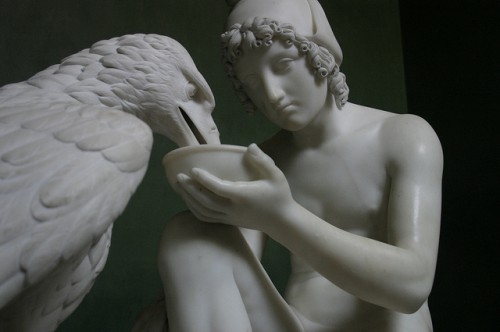

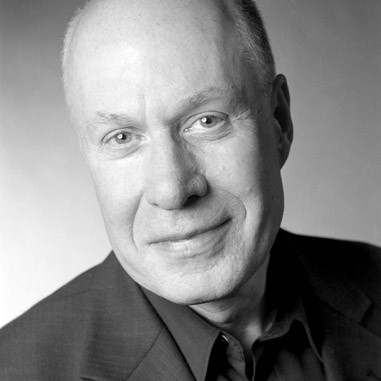 [1]Rezension aus Sezession 58 / Februar 2014
[1]Rezension aus Sezession 58 / Februar 2014
